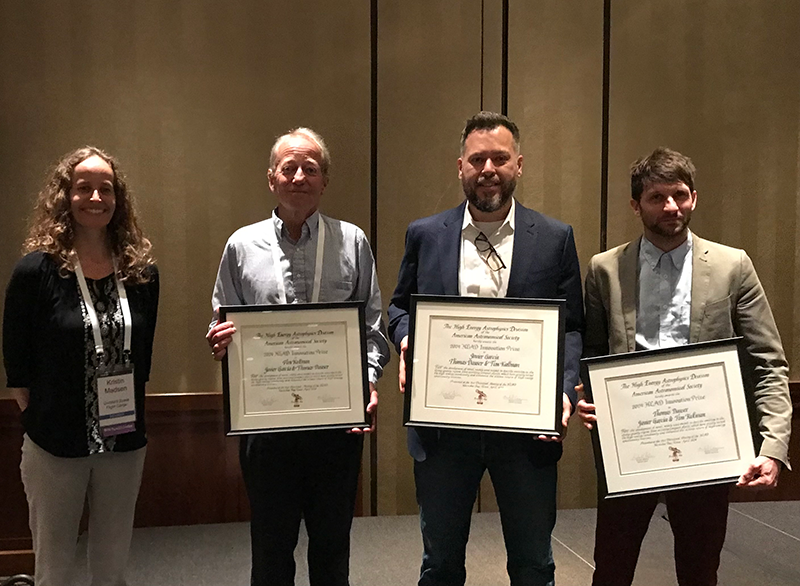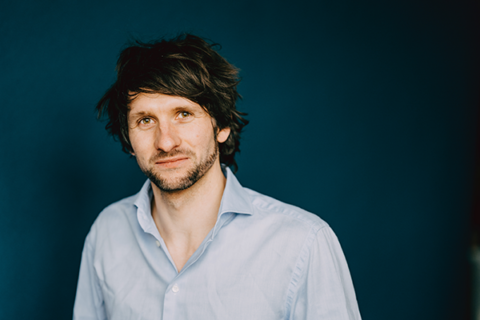American Astronomical Society honors Dr. Thomas Dauser with Innovation Award
Dr. Thomas Dauser from Dr. Karl Remeis Observatory and Erlangen Centre for Astroparticle Physics (ECAP) at FAU has received this year’s Innovation Award from the High Energy Astrophysics Division (HEAD) of the American Astronomical Society (AAS) together with Javier Garcia (NASA Goddard Space Flight Center, Greenbelt, USA, and Caltech) and Tim Kallman (NASA Goddard Space Flight Center).
With the award, HEAD recognizes the development of novel models to describe the radiation from very high gravity regions of accreting compact objects such as black holes and neutron stars. The prize is awarded approximately every 18 months to recognize the development of innovative, fundamental or revolutionary instrumentation or software that has led to breakthrough results in high-energy astrophysics. It is awarded to individuals or teams.

AAS is the Association of American Astronomers. The prize was awarded during the annual meeting of HEAD in Horseshoe Bay, Texas.
“Receiving this award is a great honor for me and it is especially nice to be able to share it with long-time collaborators and friends,” said Dr. Dauser. “My thanks also go to the scientific community for their valuable feedback and their unwavering trust in our joint work. This recognition is a strong inspiration that motivates us to further develop the models and thus contribute to further significant scientific results in high-energy astrophysics.”
Dr. Dauser is a postdoctoral researcher and research scientist in the X-ray astronomy working group at the Dr. Karl Remeis Observatory and ECAP. The achievement honored with the Innovation Award relates to the development of software that enables astrophysicists to measure the properties of black holes using measurements in the X-ray range. This allows to test the theory of General Relativity.
The measurements use radiation from ionized atoms moving around a black hole at almost the speed of light. The radiation emitted by the atoms moves through the curved space around the black hole. The resulting effects on the radiation can be measured with satellites that are sensitive in the X-ray range, such as the European XMM-Newton satellite, the American NuSTAR satellite or the German eROSITA instrument.
The software developed by Dr. Dauser and his colleagues has become a standard tool for such measurements in recent years because it takes into account all relevant atomic physics effects and the theory of relativity. Almost 1000 scientific publications use this software.
Contact
Dr. Thomas Dauser
thomas.dauser@fau.de
